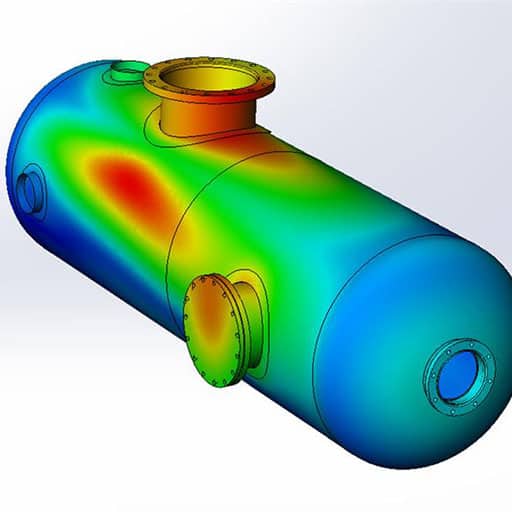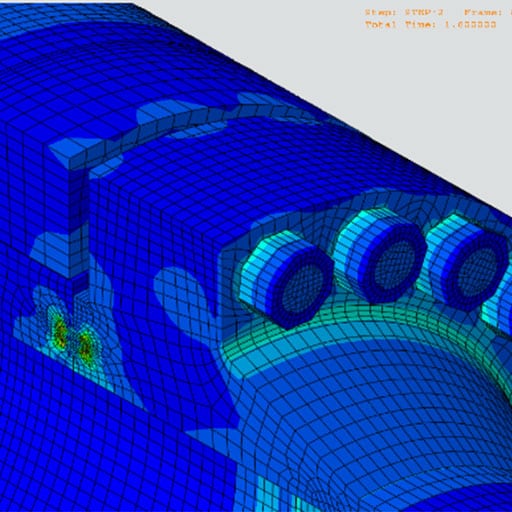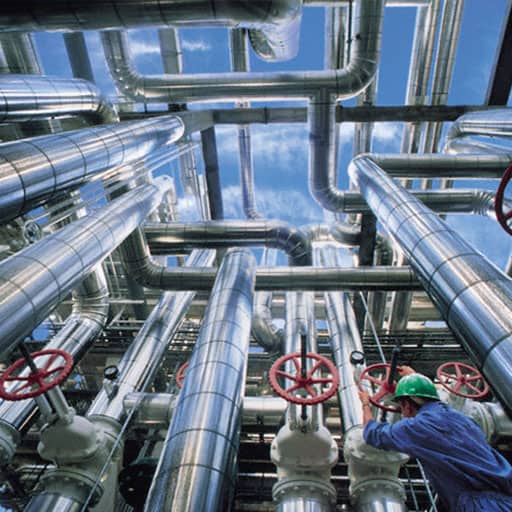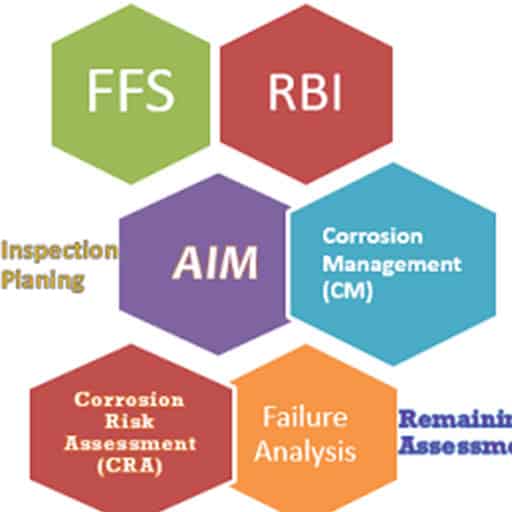OIL AND GAS
Cygnas Solutions has decades of experience advising Oil & Gas and Petrochemical clients, providing consultancy in the areas of Concept Selection, System Design, System Verification & Validation, Commissioning and Decommissioning.
Cygnas Solutions has decades of experience advising Oil & Gas and Petrochemical clients, providing consultancy in the areas of Concept Selection, System Design, System Verification & Validation, Commissioning and Decommissioning. We have advised clients such as Aramco, SABIC, Shell, BP, Equinor, CNOOC and others for both Onshore and Offshore projects across Europe, Middle East, Africa and Asia.
Our muti-disciplinary team have been deeply involved in the development and delivery of new technology that has allowed the Oil and Gas world to improve modularity of systems, exploit deeper fields and operate at higher temperatures & pressures than ever before. Our knowledge of technological advances within the Oil & Gas industry and beyond means we will evaluate the systems vendors wish to implement on your behalf and ensure effective delivery against the Scope of Works considering all aspects of Design, Reliability, Safety and Integrity.
At Cygnas Solutions we differentiate ourselves through Innovation and Excellence in Engineering, seeking out the most efficient solution to our client’s problems.
About this Process
The seven steps of oil and natural gas extraction
- Preparing the Rig Site.
- Drilling.
- Cementing and Testing.
- Well Completion.
- Fracking.
- Production and Fracking Fluid Recycling.
- Well Abandonment and Land Restoration.
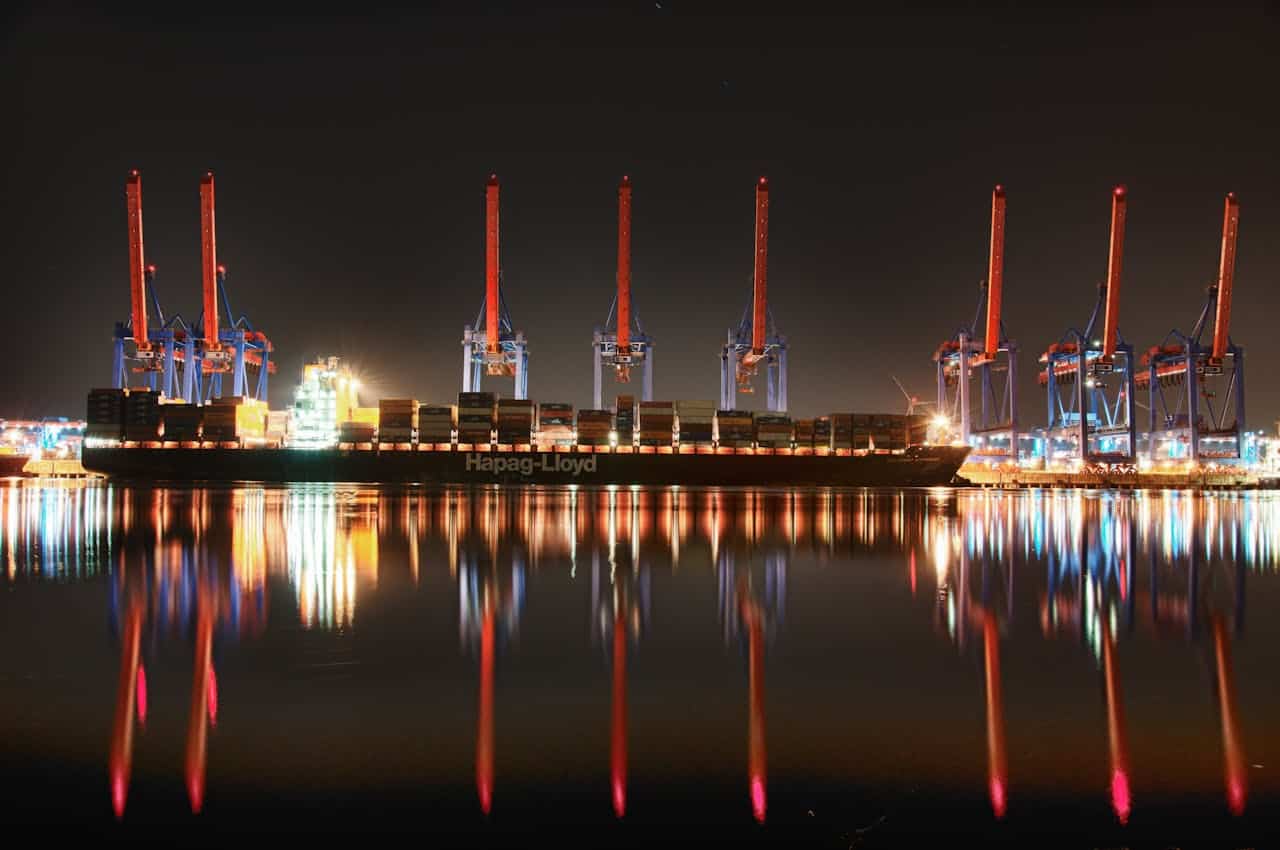
Call For a Quote:
+44(0)7550680067
Related Services
INDUSTRIAL EQUIPMENT
PIPELINE AND SUBSEA
PIPING
ASSET INTEGRITY
F.A.Q.
What Is Drilling for Oil and Gas?
Drilling for oil and gas involves the process of boring a hole through soil and rock to access geologic reservoirs that contain oil and gas, creating holes in the earth’s surface to access underground reservoirs that contain oil and natural gas. This process uses specialized equipment to dig deep into the ground until reaching these reservoirs.
Once the desired depth is reached, engineers secure the well using casing and cement to prevent leaks. Drilling for oil and gas is a crucial step in the exploration and production (E&P) process, allowing companies to extract these valuable resources for various purposes such as energy production and fuel supply.
What Is The Drilling Method in Oil and Gas?
The drilling method in oil and gas refers to drilling a hole deep into the earth, the technique used to create holes in the earth’s surface to access underground reservoirs containing oil and natural gas.
There are various drilling methods employed in the industry, such as rotary drilling, directional drilling, and hydraulic fracturing (fracking). Rotary drilling involves using a rotating drill bit to penetrate the ground, while directional drilling allows wells to be drilled at angles or curves to reach specific targets.
Hydraulic fracturing involves injecting fluids into the rock formation to create fractures and enhance oil or gas recovery. These drilling methods play a vital role in the exploration and production (E&P) process, enabling companies to extract oil and gas resources efficiently.
What Is The Drilling Program in Oil and Gas?
The drilling program in oil and gas refers to the program for the drilling of one or more wells within a specified area and time using one or more drilling installations, a comprehensive plan that outlines the steps and procedures for drilling wells to extract oil and natural gas. It includes various stages such as site preparation, well-designed, drilling operations, and well completion.
The drilling program specifies the types of equipment and materials needed, safety protocols to follow, and environmental considerations during drilling. Engineers and technicians carefully execute the drilling program to ensure the successful drilling of wells and the safe extraction of hydrocarbons from underground reservoirs. The drilling program is an essential part of the exploration and production (E&P) process in the oil and gas industry, guiding the entire drilling operation from start to finish.
What Are The 7 Steps in The Drilling Procedures?
The drilling process for oil and natural gas can be simplified into several key stages:
1. Preparing the Rig Site
This involves selecting the drilling location, clearing the area, and setting up infrastructure like access roads and platforms.
2. Drilling
The actual drilling operation begins with spudding, where the drill bit penetrates the surface and starts drilling into the earth to access the reservoir.
3. Cementing and Testing
After drilling to a certain depth, casing pipes are installed and cemented into place to stabilize the well. This step is crucial for well integrity and preventing leaks. Testing the well ensures it can handle production pressures.
4. Well Completion
Once the well is drilled and tested, it undergoes completion processes such as perforating the casing and installing production tubing to allow for oil and gas extraction.
5. Fracking
In some cases, hydraulic fracturing (fracking) is used to enhance production by creating fractures in the rock formation to release trapped hydrocarbons.
6. Production and Fracking Fluid Recycling
After completion and fracking, the well enters the production phase, where oil and gas are extracted. Fracking fluids and produced water are often recycled or treated to minimize environmental impact.
7. Well Abandonment and Land Restoration
When a well reaches the end of its productive life, it is properly plugged and abandoned to prevent environmental risks. Land restoration activities aim to reclaim the drilling site and minimize any disruptions caused during drilling operations.
These stages outline the comprehensive process of drilling for oil and natural gas, emphasizing the importance of proper planning, execution, and environmental stewardship throughout the drilling lifecycle.
What Is The Purpose of Drilling Oil?
The purpose of drilling oil is to access and extract underground reservoirs of oil and natural gas, which are then refined into products such as gasoline, jet fuel, waxes, asphalt, lubricating oil, various plastics, and a wide variety of other consumer goods.
What Is Drilling As A Job?
Drilling as a job (drilling engineer) involves managing two to three crews of rig workers, enforcing safety and efficiency, and ensuring all workers follow company and legal regulations while working in the oil and gas industry to operate drilling equipment and machinery. Your role includes creating holes in the earth’s surface to access underground reservoirs of oil and natural gas.
You will follow drilling plan and procedures, monitor drilling progress, and ensure safety protocols are followed at all times. Additionally, you may be involved in maintaining equipment, troubleshooting issues, and collaborating with a team of engineers and technicians to achieve drilling objectives efficiently and safely.
Why Is Drilling Important in The Oil and Gas Industry?
Drilling is important in the oil and gas industry, serving as the backbone for exploration and extraction operations, because it allows us to access and extract underground reservoirs of oil and natural gas. These resources are vital for meeting global energy needs and supporting various industries. Without drilling, we wouldn’t be able to recover these valuable hydrocarbons that are used to produce fuels for vehicles, energy for homes and businesses, and materials for manufacturing.
Why Do We Drill Offshore for Oil?
We drill offshore and onshore for oil because offshore areas often contain significant oil reserves beneath the seabed, which increases oil production. By drilling offshore, we can access these reserves and extract oil to meet energy demands. Offshore drilling also allows us to explore and develop new oil fields that may not be accessible on land.
Additionally, drilling offshore can help diversify energy sources and reduce reliance on land-based oil reserves. Despite the challenges and complexities of offshore drilling, such as harsh weather conditions and deep-sea environments, it remains an important part of our efforts to secure oil supplies and support economic activities.
